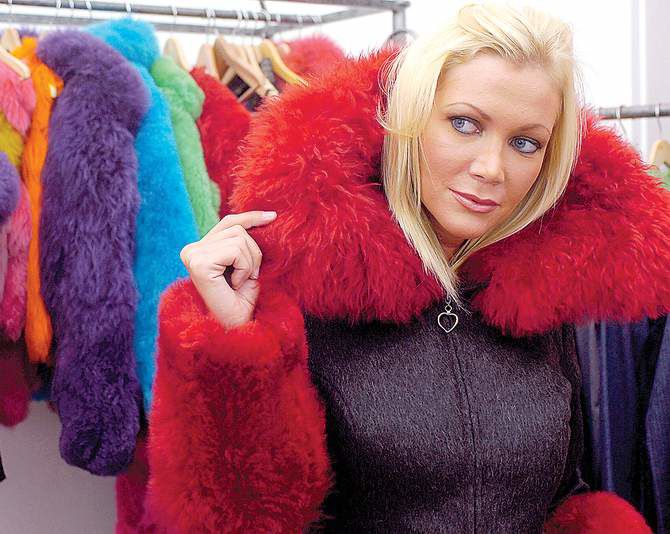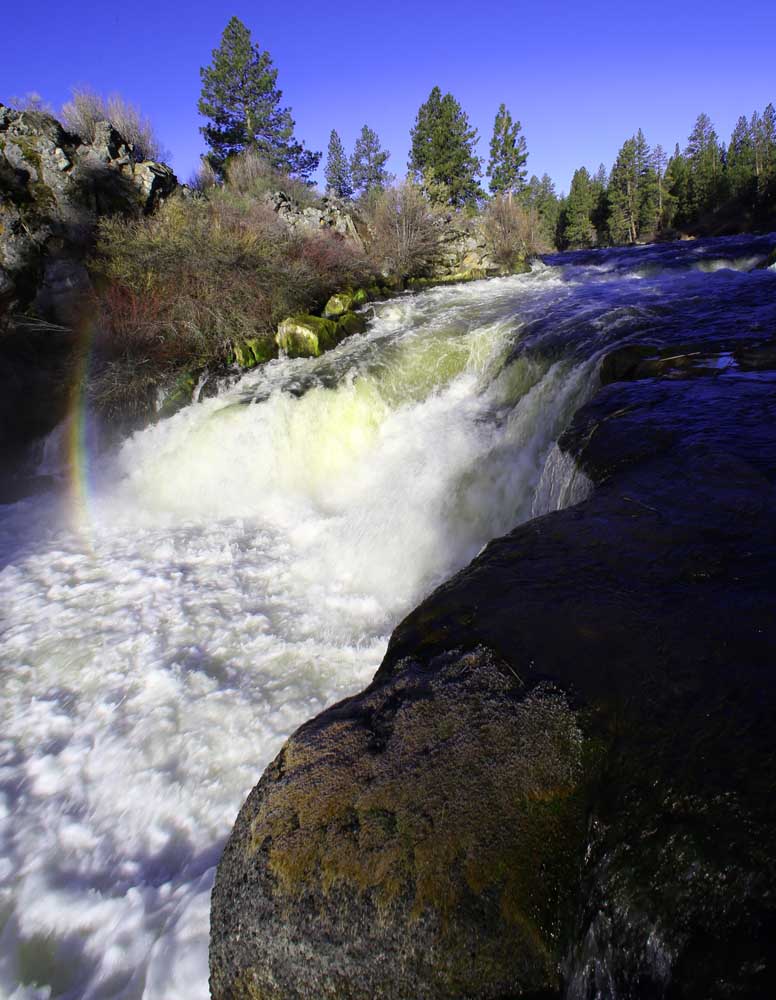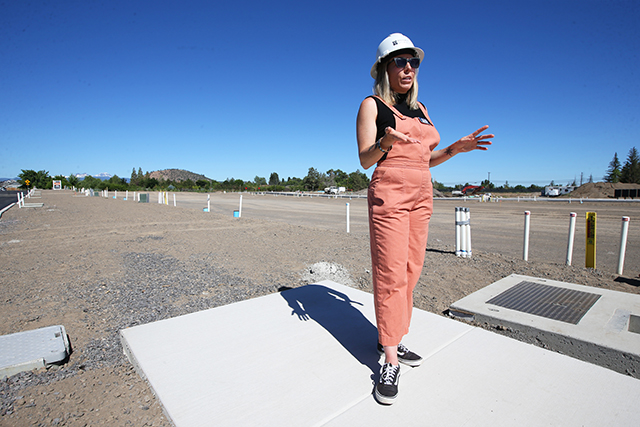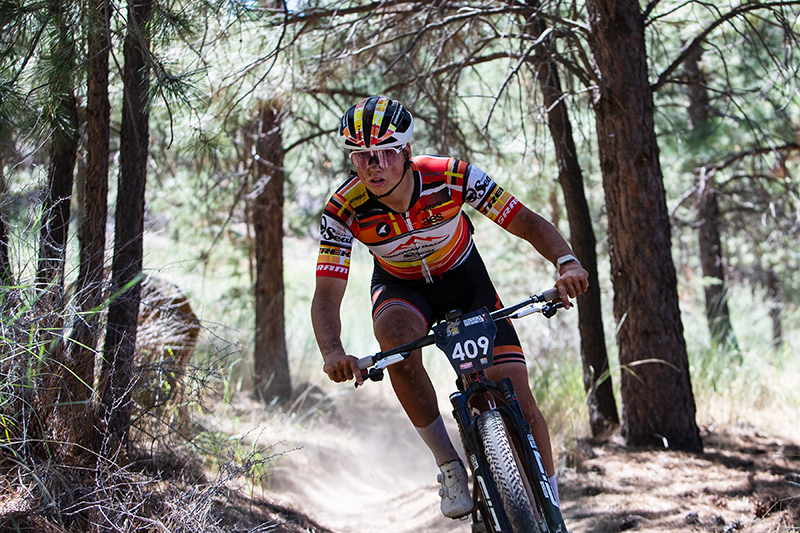Peru fuels boom in alpaca, llama fleece fashion
Published 5:00 am Saturday, August 23, 2008

- A model wears a creation by designer Jose Miguel Valdivia made of alpaca fiber in Lima, Peru, earlier this month.
AREQUIPA, Peru — In this Andean nation far from glamorous runways, some of the most fashionable residents have four legs: vicunas, alpacas and llamas.
Exports of the animals’ fleecy coats have nearly doubled to more than $43 million in the past four years, as models strut catwalks from Paris to New York wearing fur from the long-necked animals in the form of pricey ponchos, pants and pea coats.
Trending
Fleece shorn from the three species — known collectively as camelids — is “really soft and luxurious,” said New York-based designer Rachel Comey, who says she sold about $200,000 worth of alpaca knitwear last year, including hats, gloves and alpaca-lined boots.
Vicuna is the costliest, trimmed once every two years from the rarest of the three breeds, which roams the plateaued border region between Bolivia and Peru. A yard of the fabric sells for at least $3,000, while a basic stole starts at about $950 at the factory store.
A similar stole made of alpaca — which is farm-raised and makes up 99 percent of camelid exports — sells for about $47, while llama fleece is rarely commercially sold.
The warm, dyeable fibers, long used for sportswear fleece, are being recast as a sexier luxury thread, spun into casual clothes and evening wear to appeal to deep-pocketed young professionals. Demand is partly driven by the fleece’s popularity with environmentally conscious designers, who want the softness of fur without the guilt, said Laird Borelli, a senior features editor at Style.com.
“If you have a fabric that can get as close to fur as that, it’s an amazing thing,” said New-York based designer Daryl Kerrigan, who has used alpaca to make coats.
The Incas once wore alpaca, carefully breeding the doe-eyed animals and weaving their fleece on delicate hand looms into soft cloth that local royalty draped as robes. But Spanish conquistadors replaced those techniques, spinning raw fibers into coarse thread with a more mechanical wheel.
Trending
Those rougher methods ensured alpaca was considered a sportsman’s textile for much of the 20th century: warm but scratchy, it was relegated to rough sweaters bought in bulk by tourists, senior citizens and campers.
Yet designers and textile producers are finding ways to recreate Incan precision on a larger scale, and now use the fleece to weave softer fabrics that remind some of the world’s finest furs, said Lima-based designer Jose Miguel Valdivia.
Peru’s government is also boosting efforts to promote the fibers, sending local designers to Europe to lobby fashionistas. Nine traveled to Paris’ famed ready-to-wear show last January on behalf of state-run trade group PromPeru, showing alpaca-made slacks, coats, dresses and jackets to journalists and potential buyers.
“I try to use what we’re strong in … (and) in Peru, what we’re strong in is alpaca, cotton and silver,” said Claudia Bertolero, one of the designers who brought her alpaca trapeze dresses, fringed ponchos and vests to Paris.








